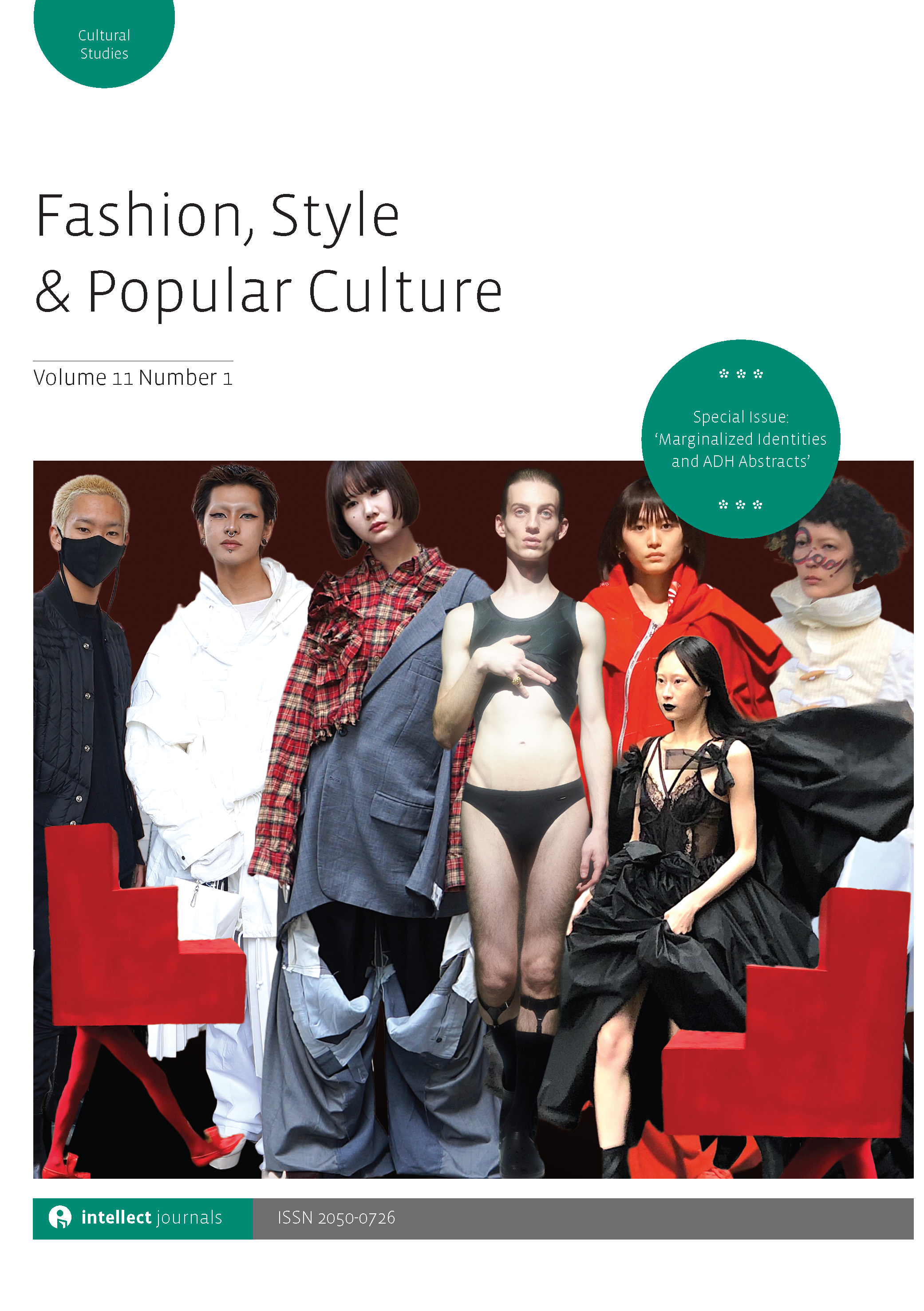
Full text loading...

Released in 2004, Rebelde represented a turning point for telenovelas in Mexico, partly due to its subversion of conventions considered intrinsic to the genre. The series achieved this by relying heavily on fashion, not only to challenge traditional gender roles but also to address changing perceptions of class and wealth within the country. Clothing was used to explore identities new to Mexican entertainment media at the time and was central to many of the show’s narratives and to the ways characters related to one another. As such, Rebelde was not only a reflection of a new globalized media landscape that had been arriving to Mexico in the previous decade but was also indicative of the ways in which teenagers all over the world were embracing these changes under the guise of freedom, rebellion and independence.